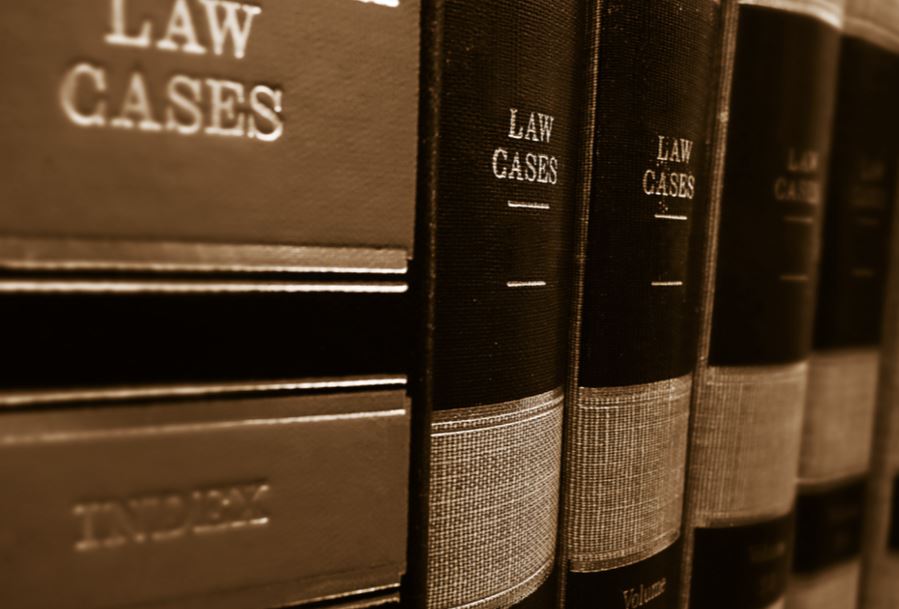The case of Starks v Chief Constable of Hertfordshire [2013] EWCA Civ 782 concerned a road traffic accident involving a police car colliding with another car at a mini-roundabout. It was not disputed that both drivers shared some fault for the accident, but the issue here concerned which party should bear the majority of the blame.
Facts
On 27th December 2007, a police car driven by a PC Richardson of the Hertfordshire Constabulary collided with the car being driven by Mr Starks at a mini-roundabout. Whilst it was dark at the time of the accident, the junction was well lit and both cars had their headlights on – visibility, therefore, was deemed not to be an issue relevant to the court’s determination of liability for the crash.
The claimant was turning right at the roundabout, whilst the defendant – who was approaching from the claimant’s right – wished to go straight on. The defendant failed to go around the mini-roundabout properly, instead driving straight over it. The claimant’s car had reached the roundabout approximately a second before the defendant’s car; however, PC Richardson was driving notably quicker (at the moment of collision, she was travelling at 30mph compared to Mr Starks’s 15mph).
Neither driver gave way at the roundabout. Consequently, as the claimant’s car entered the roundabout and began to turn right, the defendant’s car was heading across the middle of the roundabout. This led to PC Richardson’s car striking the driver’s door of Mr Starks’s car at approximately a 45-degree angle.
Both parties were injured as a result of this; however, Mr Starks notably more so. This led to him lodging a claim against the Chief Constable of Hertfordshire (as PC Richardson’s employer) in respect of the injuries caused by the accident. Whilst the County Court had apportioned liability 55:45 (meaning that Mr Starks was held more to blame for the accident) under the Law Reform (Contributory Negligence) Act 1945, this was overturned in the Court of Appeal, as shall be discussed below.
Key issues in the appeal
- Priority/ right of way
- The line taken around the roundabout
- The relative speeds of the cars
Issue one: priority
The representation for the defendant contended that, whilst the claimant did enter the roundabout slightly before her, it was PC Richardson who had right of way. This argument relied heavily on Paragraph 185 of the Highway Code, which states that traffic approaching roundabouts should “give priority to traffic approaching from your right”. It was argued that this should be interpreted as not simply meaning traffic already on the roundabout, but also any traffic approaching it which would be inconvenienced by a car pulling onto the roundabout in front of them. Using this interpretation would mean that Mr Starks should have given way to PC Richardson’s approaching car, as in refusing to do so, he inconvenienced her. However, the Court of Appeal here refused to see the issue of priority as having a “black and white answer” due to the short timescales involved. It was, instead, a matter of judgement.
Both drivers had around five seconds during their approach to the roundabout in which they would have been able to see each other and therefore adjust their actions accordingly. The claimant should have gauged the defendant’s speed, and known that he could not pull out onto the roundabout before the defendant also entered the roundabout. Whilst Mr Starks strictly held right of way here (as he reached the roundabout first) the Court of Appeal stated that, as a “matter of restraint”, he should have given way to PC Richardson. In the lower courts, Mr Starks’s error here was deemed more important as a cause of the accident than the fault of PC Richardson (in not apprehending that Mr Starks may not give way). At the Court of Appeal, however, the relative culpability of the two parties was deemed to be so close as to render this issue unable to be “decisive”. They therefore turned to the other issues of the case.
Issue two: the line taken around the roundabout
In driving over the roundabout, instead of around it, the Court of Appeal found that PC Richardson had “ignored [its] existence” and clearly breached Paragraph 188 of the Highway Code, which states that mini-roundabouts should be treated the same way as normal roundabouts, and that “all vehicles MUST pass around the central markings”.
The expert evidence provided by the claimant concluded that, had the defendant been aiming to go around the roundabout in the proper manner, the crash would have been less serious or even avoided altogether. The court held that it was “neither here nor there” that the majority of drivers also drove over rather than around this roundabout. Just because many people break the law, does not make it any less blameworthy.
Issue three: speed
The expert evidence given in favour of the claimant also stated that, at 30mph, the defendant would not have been able to drive around the mini-roundabout properly. If she had been intending to drive around it, she would have slowed down, and this in turn would have prevented the crash or made it less serious. Furthermore, whilst Mr Starks should have apprehended PC Richardson’s higher speed (and therefore inferred that she was unlikely to stop at the roundabout and give him time to pull away safely), it would have been logical for him to assume that she would be slowing down on her approach in order to drive around the roundabout. He was not to know that she was, instead, planning on going over it.
Outcome
The Court of Appeal overturned the County Court’s apportionment of liability to instead find PC Richardson 65% to blame, and Mr Starks only 35% to blame for the collision.
Overall, the Court of Appeal found the deciding factor in apportioning more liability to PC Richardson than to Mr Starks to be the issue of the line PC Richardson took around (or rather, over) the roundabout. Through breaking Paragraph 188 of the Highway Code in doing this, she placed herself more to blame for the accident. The relative speeds of the parties at the moment of impact, and during the lead-up to the accident, acted as further evidence of her culpability. The issue of which driver had priority in entering the roundabout, whilst heavily relied upon by the defendant, was not hugely engaged with during the initial trial and the Court of Appeal dismissed the importance of it in this case because of the lack of a decisive answer it could provide.
The interesting point to note here is the court’s flexibility in its approach, not taking the meaning of the Highway Code’s provisions too strictly, and weighing up more than one factor before coming to its conclusion.
Further Reading
From one of the UK’s most read legal blogs.










